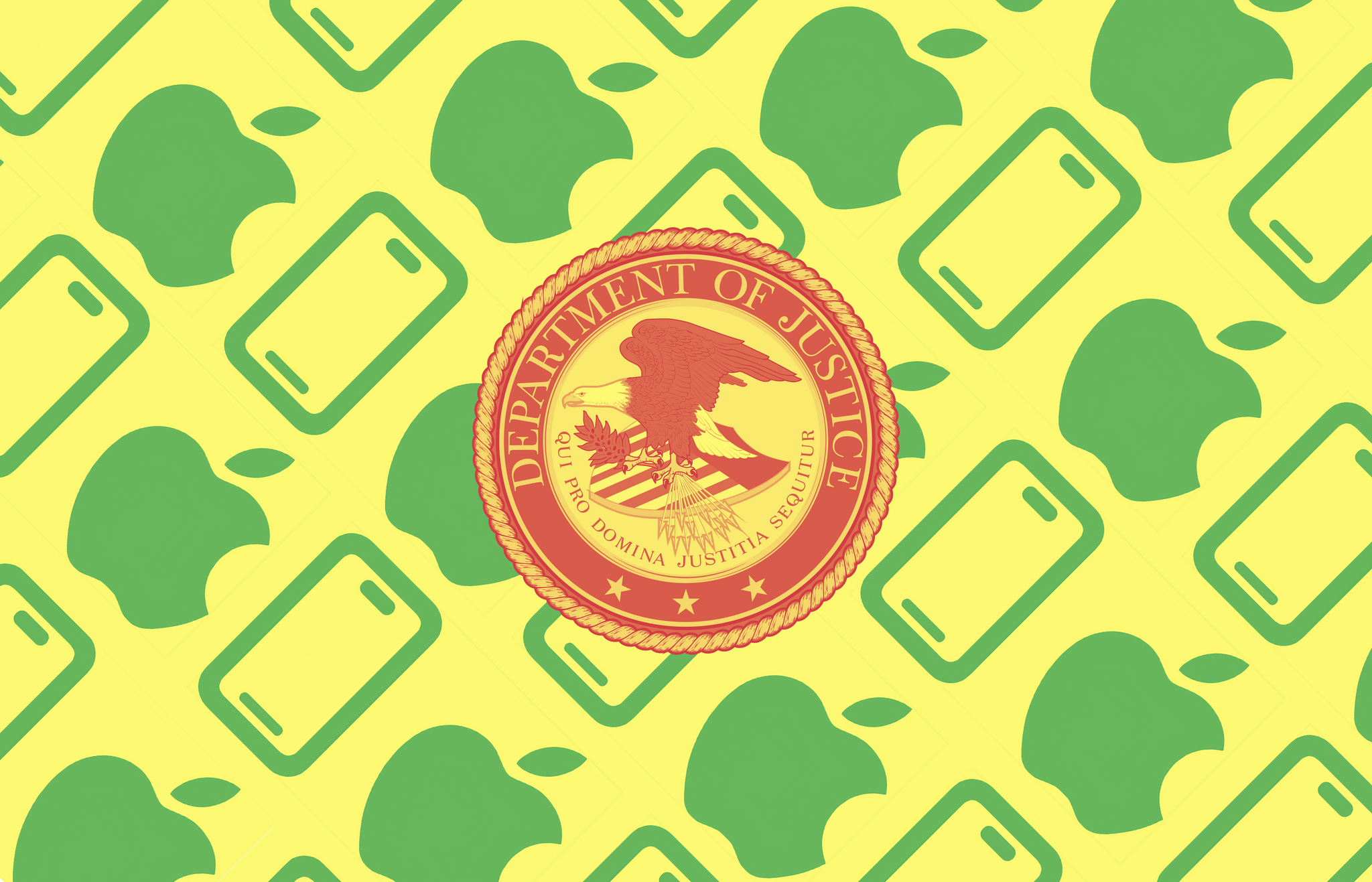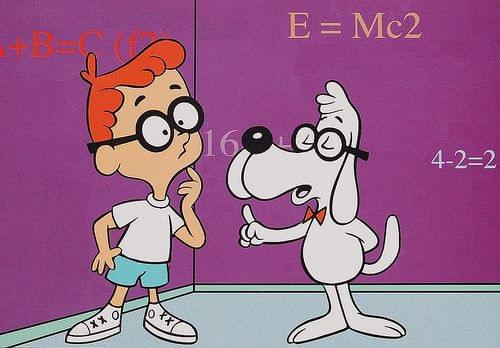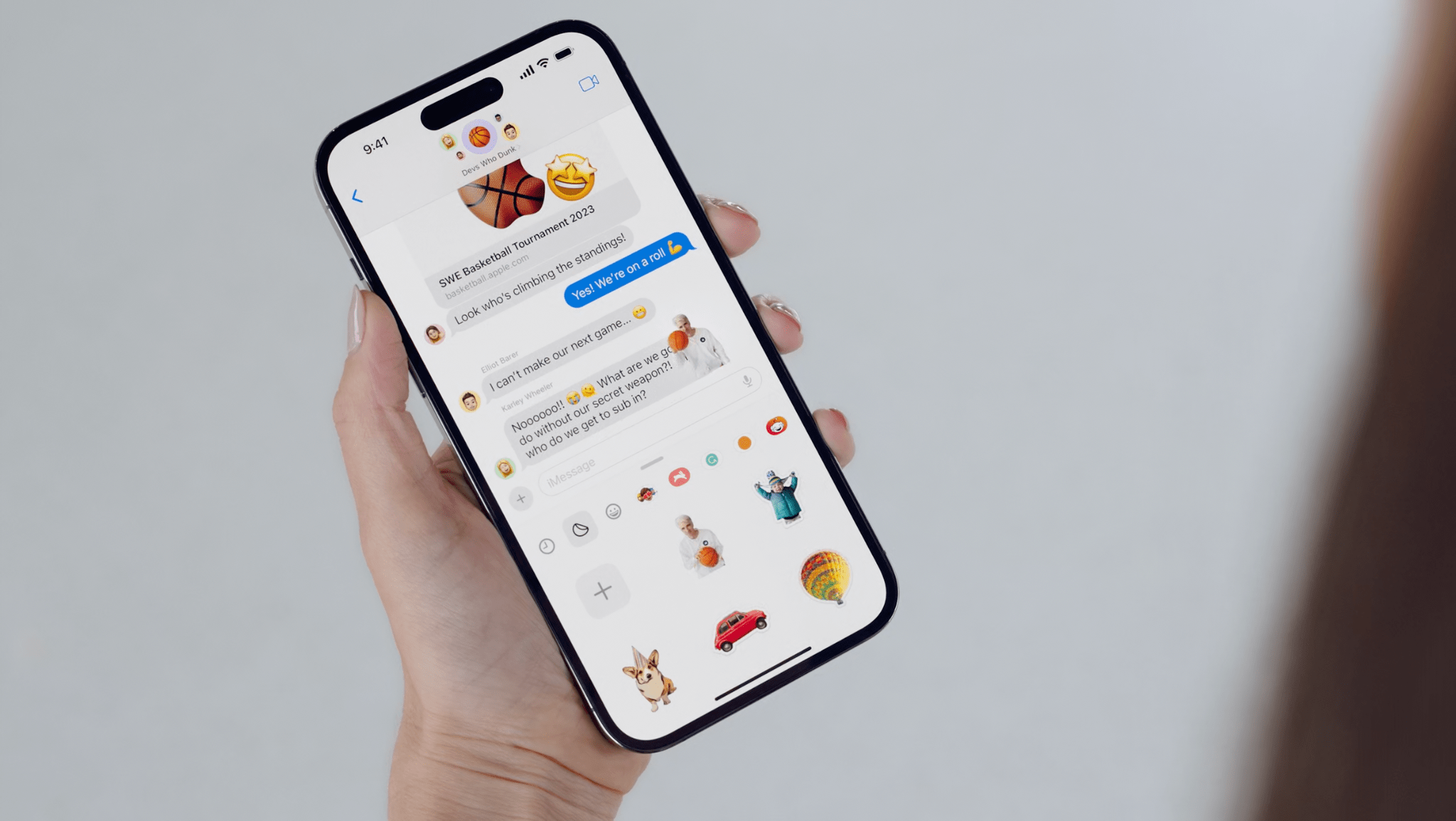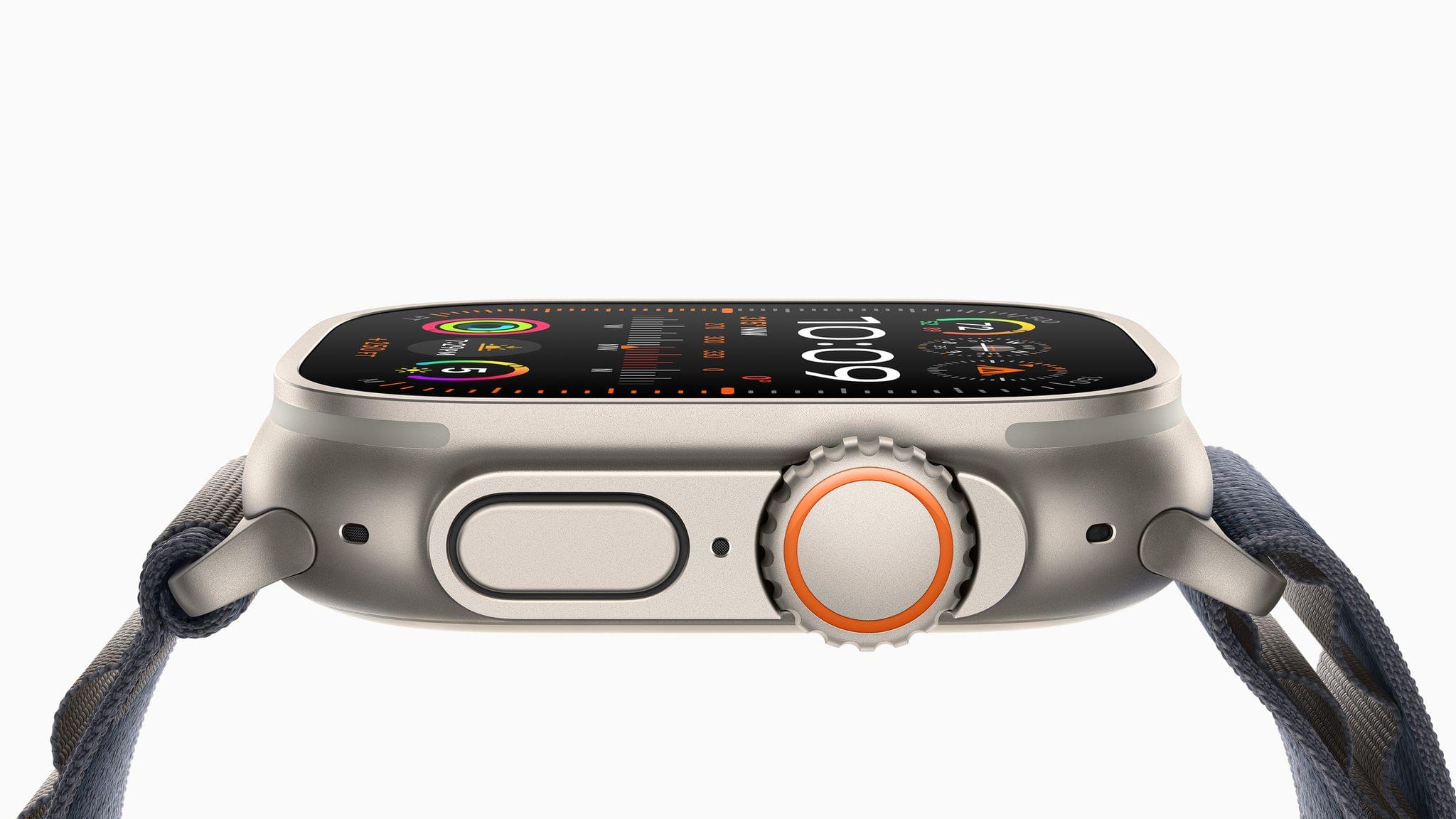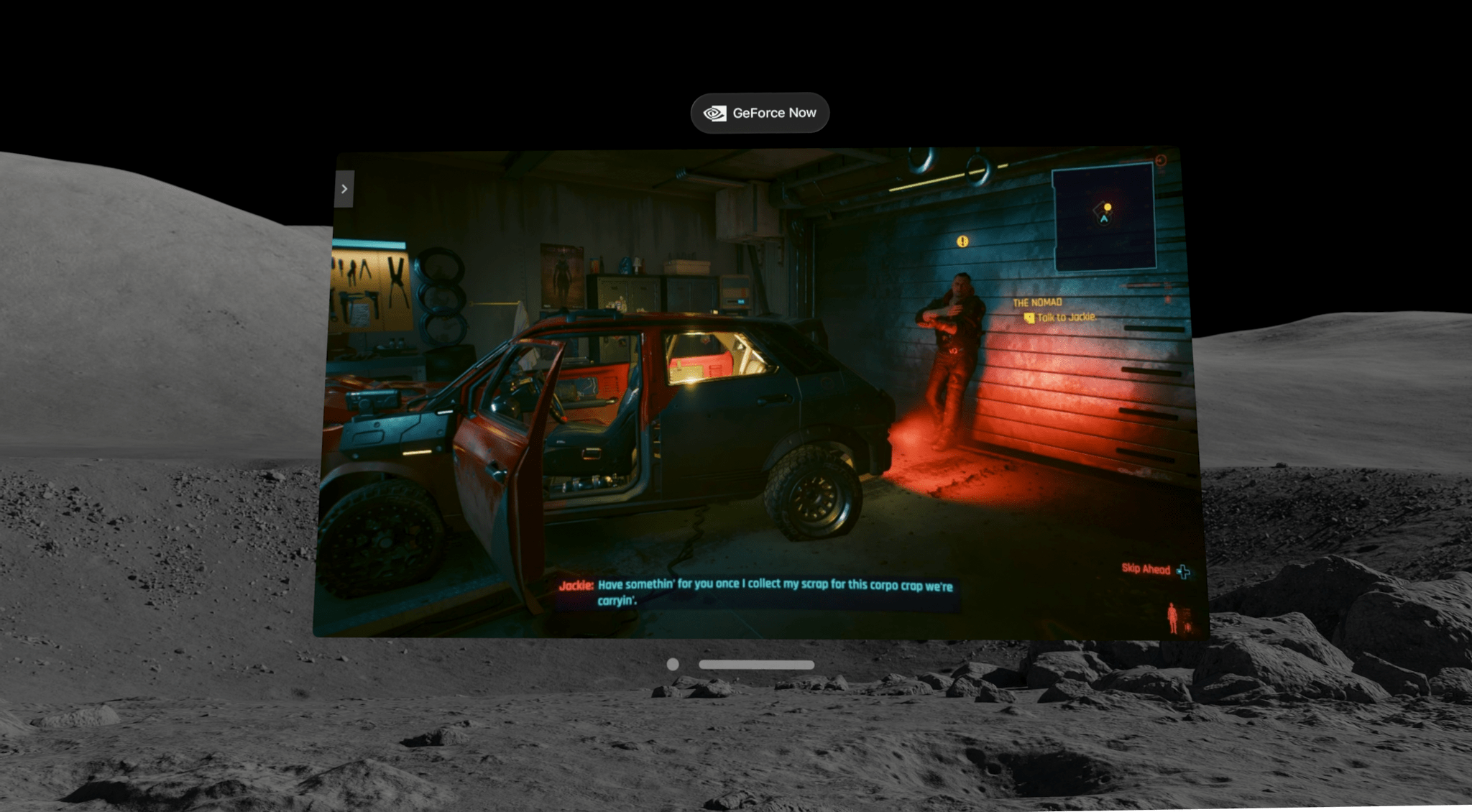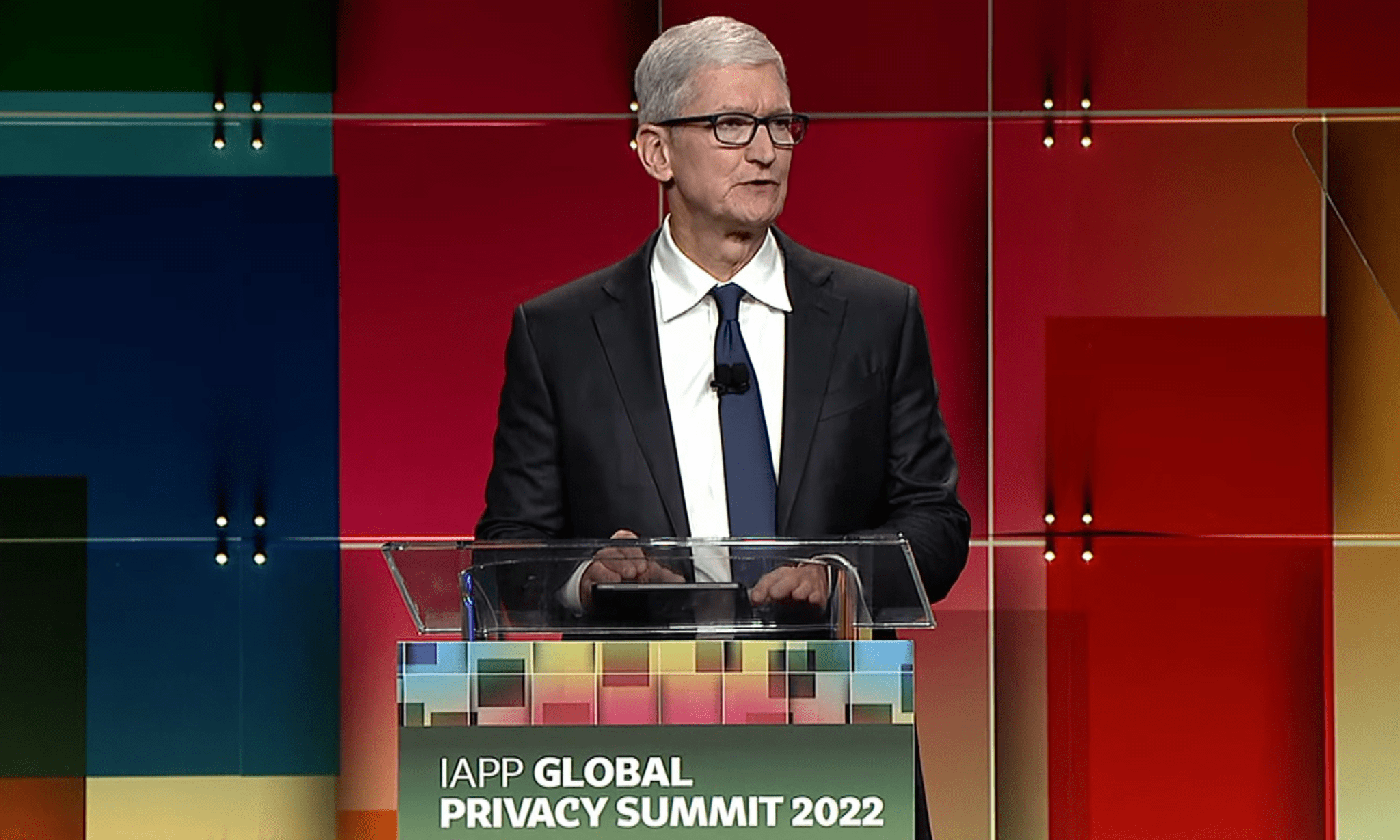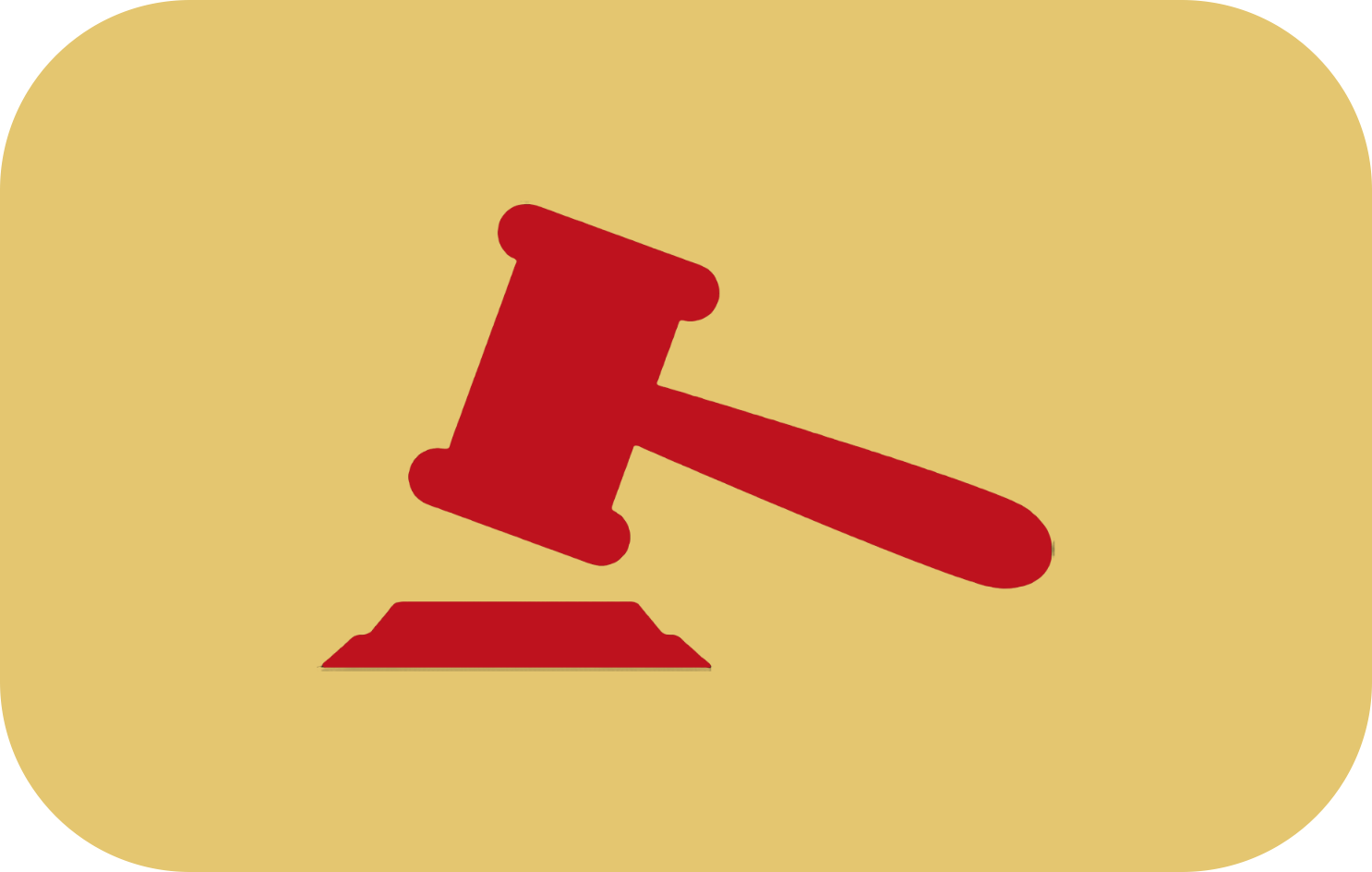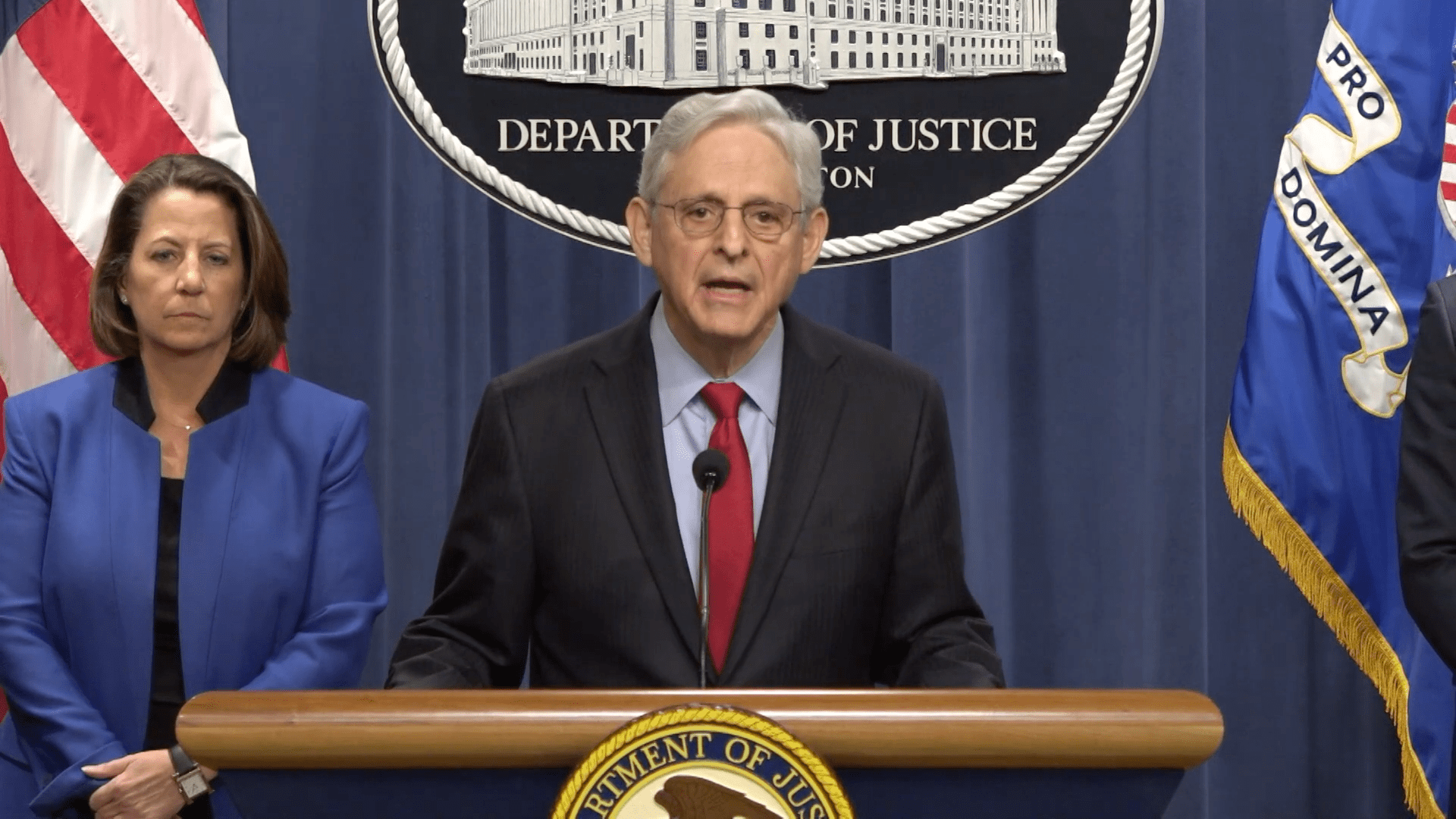Last week, the U.S. Department of Justice, 15 states, and the District of Columbia sued Apple for alleged federal and state antitrust violations. Apple issued an immediate response, and before anyone had time to read the DOJ’s 88-page complaint, the Internet was overrun with hot takes.
However, the thing about lawsuits – and especially big, sprawling, high-stakes ones like the DOJ’s – is that they’re the proverbial tortoise to the Internet’s hare. Barring a settlement among the parties, the case against Apple isn’t likely to go to trial anytime soon. Add to that appeals, and this process is going to take years, not months.
So, since we have plenty of time, I thought I’d kick off our coverage at MacStories with a look at the DOJ’s complaint and its legal underpinnings, along with some observations on what’s going on and what you can expect to happen next.
The Sherman Act
The Sherman Act, which was enacted in 1890, is relatively readable for a federal statute but short on details:
Every person who shall monopolize, or attempt to monopolize, or combine or conspire with any other person or persons, to monopolize any part of the trade or commerce among the several States, or with foreign nations, shall be deemed guilty of a felony, and, on conviction thereof, shall be punished by fine not exceeding $100,000,000 if a corporation, or, if any other person, $1,000,000, or by imprisonment not exceeding 10 years, or by both said punishments, in the discretion of the court.
(15 U.S. Code §2, emphasis mine). For the purposes of the Sherman Act, a ‘person’ includes corporations like Apple.
If you read the DOJ’s complaint, you’ll see that the relief it seeks tracks with the language of the Sherman Act. The trouble is, though, the statute doesn’t answer what it means to ‘monopolize.’ That’s been left to the courts to decide.
Here’s how the DOJ itself explained monopoly power on its website:
At its core, section 2 makes it illegal to acquire or maintain monopoly power through improper means. The long-standing requirement for monopolization is both “(1) the possession of monopoly power in the relevant market and (2) the willful acquisition or maintenance of that power as distinguished from growth or development as a consequence of a superior product, business acumen, or historic accident.”(4) (Quoting U.S. v. Grinnell).
That’s a good summary of what the DOJ will have to show for its case to succeed, but of course, there’s much more to it than that scattered across many decades of case law.
.](https://cdn.macstories.net/doc-051-big-1711310185502.jpg)
This is the Sherman Act. Source: National Archives.
There are a few rules of thumb worth keeping in mind as you follow the DOJ’s case:
- The sort of competitive behavior that happens among companies in every industry is not illegal under antitrust law unless the competing company is a monopoly. When a business crosses into monopoly territory, some actions that would be considered ordinary competition become anticompetitive.
- Being a monopoly isn’t illegal in and of itself, either; it needs to be coupled with “the willful acquisition or maintenance of that power.”
- The power to raise prices above competitors’ prices isn’t enough. That’s what’s known as market power, which doesn’t become monopoly power until a company can also exclude competition.
- Antitrust cases often rise or fall on the definition of the relevant market. There’s no hard and fast rule for defining the relevant market. It depends on the industry and will be decided by the judge based on expert testimony at trial.
It’s worth noting that I’ve linked to a Justice Department report above called Competition and Monopoly: Single-Firm Conduct Under Section 2 of the Sherman Act. The report was issued in 2008 and withdrawn in 2009 when the Justice Department decided it “raised too many hurdles to government antitrust enforcement and favored extreme caution and the development of safe harbors for certain conduct.” The report may not represent official DOJ policy anymore, but it remains a good primer on antitrust law, and I’ve been careful to only cite sections backed up by longstanding U.S. Supreme Court and U.S. Court of Appeals law.
Alright, so much for the brief tour of U.S. antitrust law. There’s a lot more to each component of what the DOJ must prove, but the summary above is a good framework to keep in mind.
The DOJ’s Case Against Apple
So far, all we have to go by in the DOJ’s action against Apple is the DOJ’s complaint. Under federal law, Apple has 60 days to file an answer, and that deadline could get extended. I mention that because it’s easy to lose sight of the fact that what the DOJ has filed are merely allegations and arguments. The complaint simply represents the facts the DOJ thinks it can prove and how they apply to antitrust law. Apple’s answer will tell the same story from its perspective. Ultimately, though, it’s up to the judge to weigh the evidence presented by both parties and decide the facts and how they apply to the law. Everything else is just the parties arguing their side, which is illuminating but inherently one-sided.
That’s not to say that the complaint isn’t worth studying, though, because it’s an interesting high-level look at what the DOJ thinks Apple has done wrong. Broadly, the DOJ’s argument is that Apple became a monopoly in one of two markets – the U.S. smartphone market or the U.S. performance smartphone market – and has used its monopoly power to make it hard for consumers to switch to other smartphones and exert improper control over developers, which has had cascading negative effects throughout the U.S. economy.
The Relevant Market
.](https://cdn.macstories.net/us-smartphone-market-shipments-share-by-oem-e1706770492870-1711310330883.png)
Source: Counterpoint Market Monitor.
Defining the market that Apple is accused of monopolizing is going to be one of the most hotly-contested parts of the DOJ’s lawsuit. The government’s lawyers claim that the relevant market is either the entire U.S. smartphone market or the U.S. performance smartphone market.
The DOJ is arguing two alternatives here because even if they limit the market to U.S. performance smartphones and measure market share by revenue, Apple’s share is still just 70%. That’s a lot, but the DOJ only gets there by passing Apple’s sales revenue through a couple of DOJ-friendly filters. For the broader smartphone market, the DOJ puts Apple’s share at around 65%.
Those numbers are legally significant. Remember that DOJ report on the Sherman Act I mentioned above that was withdrawn because it set the DOJ’s bar too high? The report explains the market share that courts have required to prove monopolistic market share as follows:
Following Alcoa and American Tobacco, courts typically have required a dominant market share before inferring the existence of monopoly power. The Fifth Circuit observed that “monopolization is rarely found when the defendant’s share of the relevant market is below 70%.”(22) Similarly, the Tenth Circuit noted that to establish “monopoly power, lower courts generally require a minimum market share of between 70% and 80%.”(23) Likewise, the Third Circuit stated that “a share significantly larger than 55% has been required to establish prima facie market power”(24)and held that a market share between seventy-five percent and eighty percent of sales is “more than adequate to establish a prima facie case of power.”(25)
Two things jump out at me from this:
- First, the Fifth and Tenth Circuits have both pegged monopolistic market share at 70-80%. I’m not saying the DOJ gerrymandered a U.S.-performance-smartphone-by-revenue-share theory to hit that range, but I’m not not saying that, either.
- Second, the Third Circuit has found that a market share as low as 55% can constitute a monopoly. Guess where the U.S. District Court for the District of New Jersey is? You got it. The District Court where the DOJ filed its case against Apple is in the Third Circuit. To be clear, that’s not improper; it’s just good litigation strategy. You can expect Apple to try to move the case anywhere else if they can come up with a legal basis to do so.
Also, it’s worth noting that there are many other ways to measure the smartphone market. As of Q4 2023, research analyst Counterpoint says Apple had 64% of the smartphone market by unit sales, which drops to 23% when measured globally, a measure Apple will certainly argue is more appropriate.
Defining the market that Apple is accused of monopolizing will be the first and one of the biggest battles of this dispute. Experts will be hired, millions of dollars will be spent, and we’ll all debate the finer points of smartphone economics. Trust me, it’ll be as fun and exciting as it sounds.
Lock-In
Demonstrating that Apple is a monopoly is only half the battle. The DOJ also has to show that Apple abused that power.
This is where it’s very easy to get deep into the weeds, which I’m going to try to avoid. After all, this is just the DOJ’s opening salvo. Its arguments will be refined over time, and a lot of the nonsensical bits for which the DOJ has been ridiculed online will fall by the wayside or evolve.
However, the complaint does serve as a good roadmap for the DOJ’s case. They’re focused on harm to two groups: consumers and developers. In both instances, the DOJ’s arguments come down to various forms of lock-in that make it difficult for users to switch to a different smartphone platform and developers to build app-based businesses.
According to the DOJ, Apple has used a combination of contractual requirements, policies, APIs, fees, and other tactics to lock in users and stifle innovation in five areas:
- Messaging
- Digital Wallets
- The Apple Watch
- Game Streaming
- Super Apps
Let’s take a closer look at each.
Messaging
Green bubbles are going to court. The DOJ argues that Apple undermines competing messaging services by not letting them fall back to SMS as iMessage does. They also argue that by not allowing competitors to use technologies that offer higher-resolution images and videos, larger attachments, tapbacks, and other features, Apple intentionally makes those services look inferior to iMessage.
The DOJ acknowledges that Apple has committed to adding RCS support to Messages, which will bring improved cross-platform features. However, the DOJ dismisses the announcement as unimplemented as of the complaint’s filing and limited to a 2019 version of RCS that the DOJ deems inadequate. I like to think Merrick Garland is a nerd who runs betas and can’t stand the idea of running tech from 2019 on his phone. I get it, Merrick.
This argument strikes me as a mixed bag for the DOJ. On the one hand, Apple has brought this problem on itself by ignoring RCS and ‘the green bubble problem’ for years. On the other hand, there does seem to be a plan to address it later this year. That undermines the strength of the DOJ’s argument. If I were Apple, I’d get RCS out pronto and take most of the rest of the wind out of the DOJ’s sails on this one.
What releasing RCS won’t do is eliminate the DOJ’s argument that third-party messaging services should have access to it just like Messages will as a fallback when a service’s own network is unavailable. That’s something, but the DOJ’s messaging arguments still feel like a bit of an empty sack.
Digital Wallets
Over the weekend, I linked to Matt Birchler’s excellent post dispelling the notion that Apple Pay is unique and that banks and others aren’t willing to offer privacy-focused digital wallets. The bottom line is that the technology underlying Apple Pay isn’t unique, and the DOJ argues,
Apple has used control over app creation, including its technical and contractual control over API access, to effectively block third-party developers from creating digital wallets on the iPhone with tap-to-pay functionality…
(Complaint at ¶ 104).
If that sounds familiar, it’s because the EU has an issue with how Apple handles digital wallets on the iPhone, too. As I previously explained, in response to the Digital Markets Act, Apple made a number of changes in the EU:
Developers of contactless payment systems and wallet apps will be able to offer alternatives to Apple’s Wallet app and payment system in the EU if they request a special entitlement and are approved. The entitlement requires that licensing and other security standards are met. Users in the EU will be able to set contactless payment alternatives as their default payment method, too.
Will Apple expand what is now an EU-only feature to the U.S. in response to the DOJ’s lawsuit? I wouldn’t be surprised if they do, given that they’ve already done the work to implement it in Europe.
The Apple Watch
The DOJ argues that the Apple Watch is an expensive accessory to an iPhone that makes users less likely to switch phones because they’d lose the Watch/iPhone integration. The complaint also alleges that Apple makes it too hard for third-party smartwatches to get notifications and maintain a good connection when paired with an iPhone.
Perhaps iOS could be made more compatible with third-party smartwatches, but the notion that the Apple Watch is purposefully made dependent on the iPhone ignores the fact that it has become more independent over time. Historically, that dependency is easily explained by the technical limitations of the Watch. Overall, this argument feels like a loser.
Game Streaming
This is another good example of a situation where Apple hasn’t done itself any favors. In 2020, Microsoft was beta testing an app-based version of Xbox Cloud Gaming. When Apple told the company that every app on the service would need to be downloaded locally and reviewed by Apple’s App Review team, Microsoft abandoned its app for the Apple-favored, browser-based approach.
Microsoft’s plans were a direct threat to the App Store as the sole way to get apps and games for the iPhone. There are security reasons why Apple wants all apps to go through the App Store, but that argument rings hollow to me. However, the DOJ barely touches on the App Store angle. Instead, it argues that game streaming would allow users to buy cheaper phones and still enjoy premium gaming experiences.
That’s true to a degree, but I’m guessing as much as Merrick Garland may be into the latest version of RCS, he’s not a capital ‘G’ gamer. Many game streamers will still prefer smartphones with the highest-end screen, the fastest Wi-Fi, and the beefiest GPU they can afford. The DOJ’s point isn’t wrong, but it’s not as compelling as they think it is.
In any event, Apple announced that game streaming is now permitted under the App Review Guidelines worldwide. The DOJ’s arguments will still apply to the period when streaming wasn’t permitted, which may lead to financial penalties, but it doesn’t seem as though there is any additional change that Apple would need to make to address this portion of the complaint.
Super Apps
The DOJ’s complaint talks about super apps a lot. Without naming it, the DOJ seems to be referring to apps like WeChat, which is huge in China. The notion is that if super apps were allowed on iPhones, there would be less lock-in. A user who relied on a super app to do a bunch of things that are otherwise handled by individual apps on iOS could just log into their super app on an Android or other phone, making it easy to abandon the iPhone.
Is the DOJ advocating for WeChat to save us from Apple? That doesn’t seem likely, given where the U.S. government stands on another Chinese app, namely TikTok. Does the DOJ think that Elon Musk’s plans to turn X into a super app will be good for consumers? I sure hope not. Both of those rhetorical questions are a little unfair because they assume a lot about the DOJ’s intentions, but my point is that I just don’t get it.
Casey Newton’s story on Platformer captures my thinking on this argument well:
I find this [super apps] the least compelling aspect of the DOJ’s case, since WeChat is a uniquely Chinese phenomenon. WeChat took off in large part because of heavy regulation from China’s authoritarian government, which blocked competition from western apps. Moreover, WeChat is so dominant in China that if it were similarly successful in the United States, the DOJ would probably be trying to force its divestiture or ban it. (Or, if it were American-owned, break it up for its own anticompetitive behavior.)
If the underlying argument is that Apple should permit third-party app stores, the DOJ should say that. If its argument is that Apple should permit apps that contain within them an unlimited number of other apps, that seems more fraught. The more different experiences an app enables, the harder it is for Apple to evaluate it for security, privacy, and other concerns. Ultimately, I’m not convinced that consumers are harmed by having to download different apps for different purposes. Almost all of the most important apps are available on Android and iOS, and it’s not clear to me that people would be more willing to switch to Android if an American WeChat existed.
The Elastic Shield
The DOJ says Apple uses privacy, security, and consumer preferences as a pretense for anticompetitive behavior. Specifically, the DOJ claims that Apple conveniently put its scruples aside to accept billions of dollars of search revenue from Google when more privacy-conscious options are available. The DOJ sees the same pattern in messaging and the availability of separate app stores for governments and enterprise customers.
The DOJ portrays Apple’s position on privacy, security, and consumer preferences as an ‘elastic shield.’ It’s an evocative metaphor and the sort of thing I expect will become shorthand for the DOJ’s position.
The reason the DOJ raises the notion of an elastic shield in the first place is because it’s crucial to the case. If there’s a business justification for conduct, then it isn’t anticompetitive. The DOJ is preemptively anticipating and attacking one of Apple’s defenses because they know it’s coming and that it will be tricky to overcome.
This will be another hard-fought battlefront in this litigation. Proving intention isn’t easy, and I suspect the reality is somewhere in the middle, where compromises on things like privacy and security have been made by Apple in the name of other priorities in some circumstances. But it can also be true that privacy, security, and consumer preferences are still important values and goals of the company. Separating the sincere from the pretense will be hard absent some ‘smoking gun’ email or other evidence.
Bits and Bobs
.](https://cdn.macstories.net/michael_farbiarz-1711311162319.png)
Say hello to Judge Farbiarz, who will be overseeing the DOJ’s case against Apple. Source: Wikipedia.
Alright, before I get to what the DOJ wants and what you can expect to happen next, I have a grab bag of other tidbits pulled from the complaint and other sources:
- U.S. District Judge Michael E. Farbiarz, who was assigned to the DOJ’s case randomly, has had a long and successful career in private practice and government. But he’s been on the bench for less than a year, which isn’t ideal.
- Merrick Garland’s attempt to appear ‘in-the-know’ about the iPhone by quipping that, “There’s a law for that,” during his speech about the DOJ’s lawsuit struck me as pandering to the media and unprofessional for the U.S.’s top lawyer.
- The DOJ draws a straight line from its late-90s antitrust action against Microsoft to its complaint against Apple, seemingly crediting the Microsoft case for opening up the door to Apple’s success. That’s a big stretch and interesting because, despite superficial similarities, the two cases are very different, especially considering the extent of each company’s relevant market shares when they were sued by the DOJ.
- In January, The New York Times reported that the Justice Department was investigating whether App Tracking Transparency was anticompetitive because it limits user data collection. Data-collecting advertisers aren’t easy to portray as victims, which is probably why they weren’t included in the lawsuit. However, such a claim would have aligned well with the notion that Apple uses security and privacy as a pretense for anticompetitive behavior.
- The DOJ’s complaint doesn’t name names, but reading between the lines, it’s clear to me that the DOJ has interviewed representatives of several companies. If I had to guess, they’ve talked to and are considering the following companies as witnesses against Apple:
- Tile (Find My and access to location APIs)
- Epic Games (Need I explain this one?)
- Microsoft (cloud gaming)
- Garmin (smartwatches)
- Beeper (messaging)
- General Motors (CarPlay)
- Apple’s outside law firm is Gibson, Dunn & Crutcher, one of the biggest international firms in the world. I’ve worked on cases involving them in the past, and they’re very good and very expensive.
Remedies
The DOJ’s complaint asks that the court declare Apple an unlawful or attempted monopolist and requests that the court do whatever is necessary to “cure any anticompetitive harm.” More specifically, the DOJ seeks a court order,
a. preventing Apple from using its control of app distribution to undermine cross-platform technologies such as super apps and cloud streaming apps, among others;
b. preventing Apple from using private APIs to undermine cross-platform technologies like messaging, smartwatches, and digital wallets, among others; and
c. preventing Apple from using the terms and conditions of its contracts with developers, accessory makers, consumers, or others to obtain, maintain, extend, or entrench a monopoly.
The DOJ also wants Apple to pay its legal fees, and New Jersey and Wisconsin have asked for monopoly determinations under state laws that are similar to the Sherman Act.
Also, much has been made of the fact that the government hasn’t ruled out breaking up Apple. Despite the fact that Jonathan Kanter, the head of the DOJ’s antitrust division, is on the record as favoring structural remedies – such as breaking up monopolies – that strikes me as a stretch. The more likely outcome is an eventual settlement that imposes limitations and fines on Apple, although I don’t think a quick settlement is in the cards. More likely, that’s 2-4 years down the road from now.
What’s Next
Apple has 60 days to file an answer to the complaint, unless an extension is granted. There will be months of discovery where we’ll learn details about Apple’s internal operation that the company would prefer not to make public. Apple will seek to dismiss some or all of the charges against it as deficient factually and/or legally. There will be other legal wrangling over the DOJ’s claims and experts, and barring any settlement, there will be a trial in a couple of years or so. Beyond that will be appeals. At any point, the case could settle, but given the stakes, I don’t expect that to occur anytime soon.
Alright, that’s a lot. I know. But if you’re interested in where things are heading with this lawsuit, it’s worth spending a little time understanding the roadmap the DOJ has laid out in its complaint.
Don’t worry, you have time. Remember, as I said at the beginning of this, lawsuits don’t play out at the speed of the Internet. The hot takes may seem like they’ve overtaken events, but the teams aren’t on the field yet. There hasn’t even been a coin flip. All we know is the matchup and one team’s starting lineup. That’s something, but there’s a lot more to come.
It’s folly at this point to declare winners and losers, so I won’t. However, to wrap up this overview, I want to be clear that I view the DOJ’s claims as a significant threat to Apple as a company. Anyone who has followed Apple throughout the iPhone’s history knows that the company plays rough with rivals and, at times, developers. That poses significant risks to Apple if it’s determined to be a monopoly.
However, it’s worth remembering that Apple’s behavior isn’t necessarily illegal. That doesn’t make it right, but that’s something entirely different from what’s legal. To regulate what is otherwise legal behavior, Congress would need to pass legislation, just as the EU passed the DMA. That’s potentially a far more effective approach than trying to use a 19th-century law designed to break up railroads and oil companies. However, the U.S. Congress can barely pass laws to fund the government’s operation, so don’t hold your breath for regulations.
As I read through the complaint, I think defining the smartphone market narrowly enough for the court to declare that Apple is a monopoly is going to be tough for the DOJ. I also think that changes Apple has already made, like allowing game streaming services on the App Store and planning RCS integration in Messages, dampen the impact of the DOJ’s arguments. However, just because every DOJ argument isn’t a winner, that doesn’t mean the complaint is a loser, either.
That’s just the nature of a complaint. It’s not quite an ‘everything but the kitchen sink’ situation, but it’s as close to that as possible while still telling a coherent story. Some claims will fall by the wayside, but overall, the DOJ makes a compelling case that there’s a lot of friction in leaving the iPhone universe once you’re in it. The trick for the DOJ will be demonstrating that the friction was intentionally anticompetitive at a time when Apple was a monopoly.
I purposefully haven’t covered every detail of the DOJ’s complaint. It’s just too early in the process, and things are going to change, but those are the highlights. We’ll continue to cover the lawsuit and write about significant developments as they happen. To stay up-to-date, follow the tag ‘DOJ vs. Apple’ or subscribe to our dedicated RSS feed.


